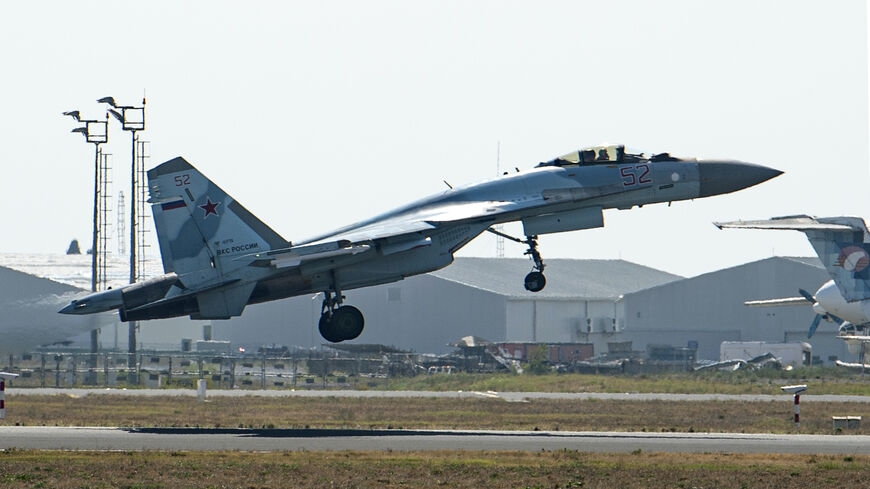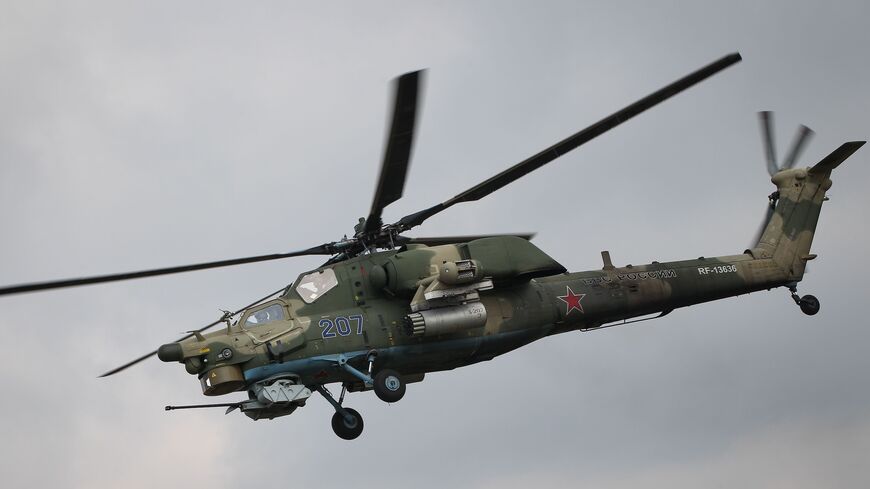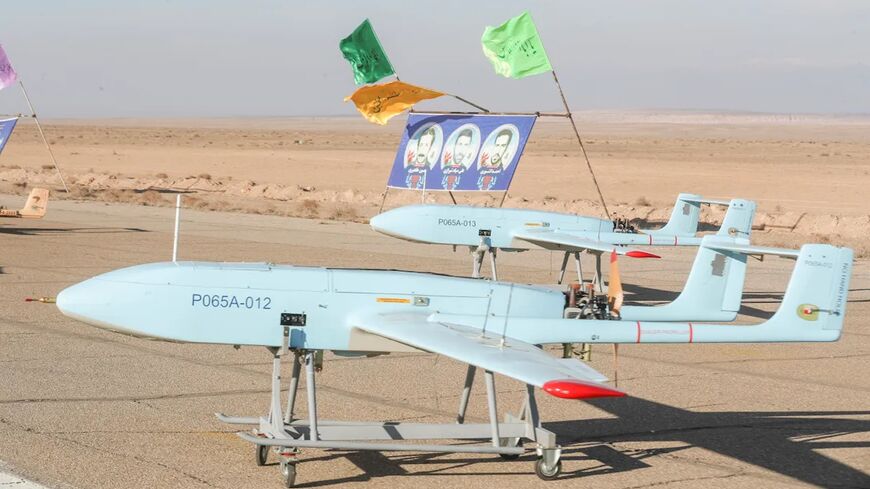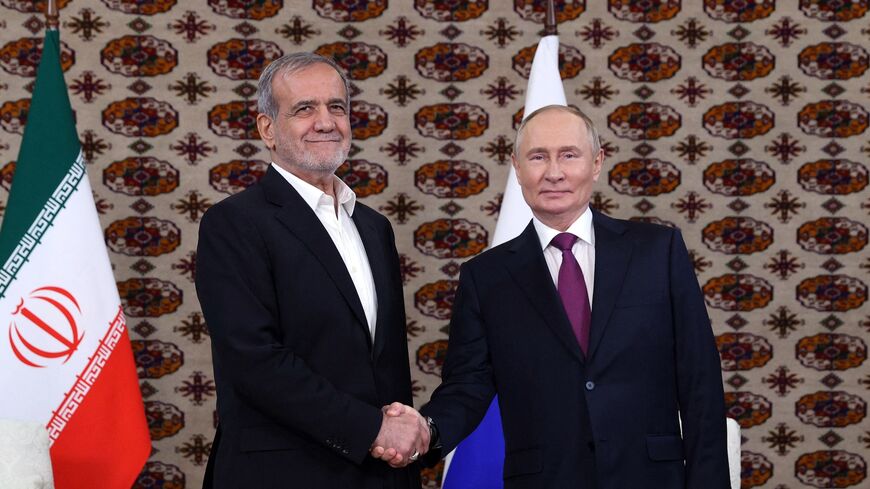Iran confirms purchase of Russia’s Sukhoi-35 fighter jets: What we know
Iran and Russia have grown closer since the start of the Ukraine war as the two countries face international sanctions.
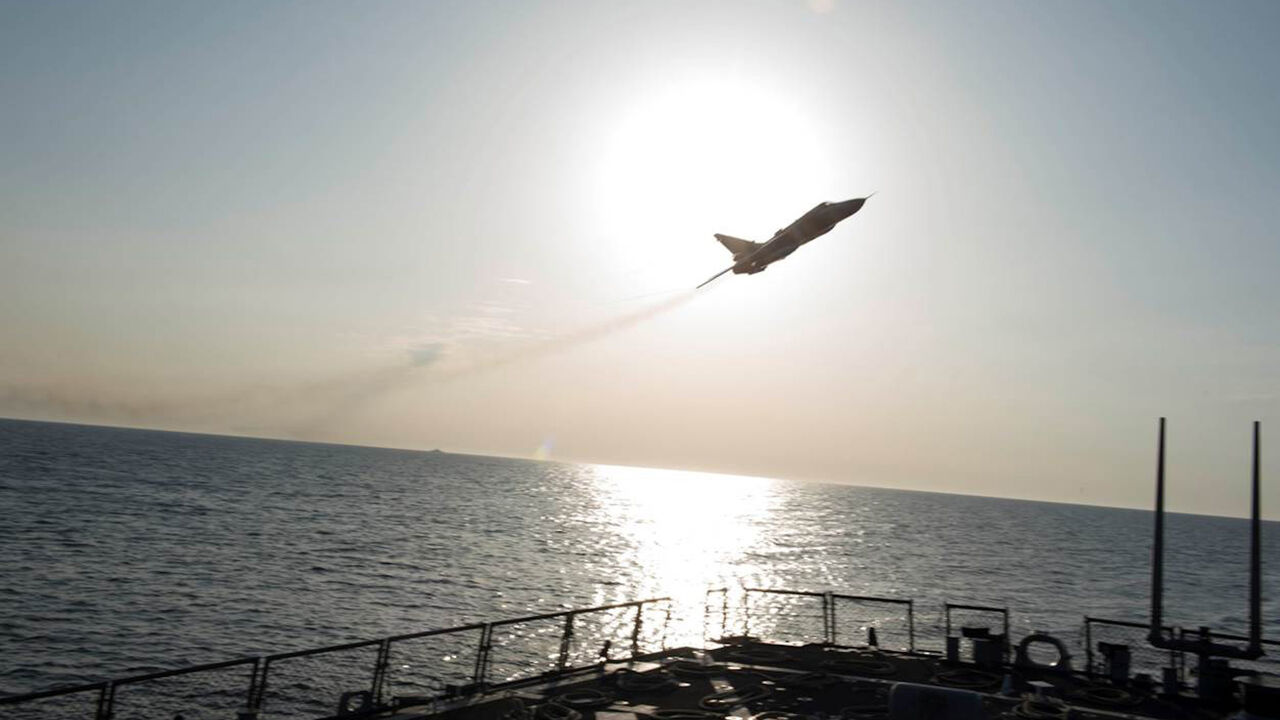
Iran has purchased Russian Sukhoi-35 fighter jets, a senior official in the Islamic Revolutionary Guard Corps said on Monday, in a potential boost for Iran's ailing air force amid increasing tensions with Israel and the United States.
The semi-official Iranian Students News Agency quoted Ali Shadmani as saying Iran purchased the aircraft, though he did not specify how many were bought nor whether they had been delivered.
"The production of military equipment has accelerated and outdated systems are being retired and replaced with modern and updated ones," Shadmani, the deputy coordinator of the IRGC engineering firm Khatam-al Anbiya, was quoted as saying. "Whenever necessary, we make military purchases to strengthen our air, ground and naval forces," he said.
The Sukhoi-35 is a multipurpose fighter jet that is manned by a single pilot. The latest version of the aircraft has a maximum altitude of 20,000 meters (65,600 feet) and has a maximum speed of 2,500 kilometers (1,550 miles) per hour, according to Russia's official Tass news agency.
Iran's current fleet of fighter aircraft mostly consists of American planes acquired before the 1979 Iranian revolution when Iran and the United States had diplomatic ties, as well as Soviet planes from the 1970s and 1980s, according to the London-based International Institute for Strategic Studies.
The Iranian air force reportedly has around 30,000 personnel.
The IRGC-affiliated Tasnim news agency reported in November 2023 that arrangements for the delivery of Sukhoi-35 jets as well as Russian Mil Mi-28 attack helicopters and Yak-130 trainer jets had been finalized.
Why it matters: Iran and Russia have long been aligned politically and economically, though cooperation has strengthened in recent years as the two have increasingly come under Western sanctions. The Russian invasion of Ukraine in February 2022 marked a turning point in Iran-Russia military ties. The Islamic Republic has been widely accused of providing drones and ballistic missiles to Russia in support of the war effort.
Iran joined Russia in the BRICS geopolitical bloc in early 2024. The group, whose founding members include Brazil, Russia, India and China, aims to serve as a bulwark against a Western-led geopolitical order.
Earlier this month, Iran and Russia signed a 20-year strategic partnership agreement, their first such deal since 2001. The agreement addressed security, economic and cultural ties between the two countries and stipulated they will "strengthen cooperation in the field of security and defense," per Tass. The deal, however, did not include any obligation on either country to provide military support in the event of a foreign attack.
The United States withdrew from the Iran nuclear deal in 2018 and reimposed sanctions on the Islamic Republic. Since then, it has placed additional sanctions on the country in response to the Iranian government’s violent crackdown on protesters in 2022 and over Iran’s support for the Russian invasion of Ukraine, among other things. Russia has been sanctioned by the United States and European countries since the invasion.
In November of last year, Iran and Russia integrated their national payment systems in an effort to bypass the sanctions.
The delivery of the jets could bolster the air capabilities of Iran, which has historically not had a powerful air force. An April 2024 report from the Atlantic Council described Iranian air power as having been "Iran’s security Achilles” since the Iran-Iraq war in the 1980s. US sanctions that prohibit selling military equipment to the country contribute to the lack of development, per the think tank.
Iran boosting its air capabilities comes against the backdrop of escalation in its conflict with Israel. In April of last year, Iran struck Israel directly for the first time after an Israeli strike on Iran's consulate in Damascus killed several high-ranking IRGC members. Israel carried out a limited strike on Iran in response. Iran again attacked Israel last October after Israel killed Hezbollah leader Hassan Nasrallah in a September bombing in Lebanon. Israel struck several military targets in Iran later in October, significantly degrading Iran's air defense systems.
Know more: The Iranian army’s ground forces held an “offensive and security” drill in the western province of Kermanshah on Monday. Two days earlier, the IRGC concluded a naval exercise in the Gulf provinces of Khuzestan and Bushehr in which the forces launched “artificial intelligence-guided” missiles, state media reported.
The Iranian army held another drill near the Afghan border last week.

